
Hidradenitis Suppurativa

What Is HS?
Hidradenitis Suppurativa, often abbreviated as HS, is a skin condition in which lesions form beneath the skin that can be painful, tend to enlarge, and often produce infections and other discharges, such as pus. The lumps can be the result of inflammation or an infection of the sweat glands. HS tends to present in areas where skin rubs together, such as armpits, groin and buttocks.
What are the symptoms?
HS symptoms vary from person to person, but generally consist of the following:

Blackheads: small, pitted areas of skin that appear to be a darker, or filled, pore. In the case of HS, blackheads tend to appear in a “double-barreled” pattern, which means that they are visible in pairs.
Pea-sized lumps and lesions: The next phase of HS occurs when the blackheads turn into larger lumps and lesions beneath the skin. Often beginning with a single, painful lump that persists for weeks or months, as time goes on, more will start to form. These lesions usually appear in areas where skin touches one another, such as the underarm, or thigh.
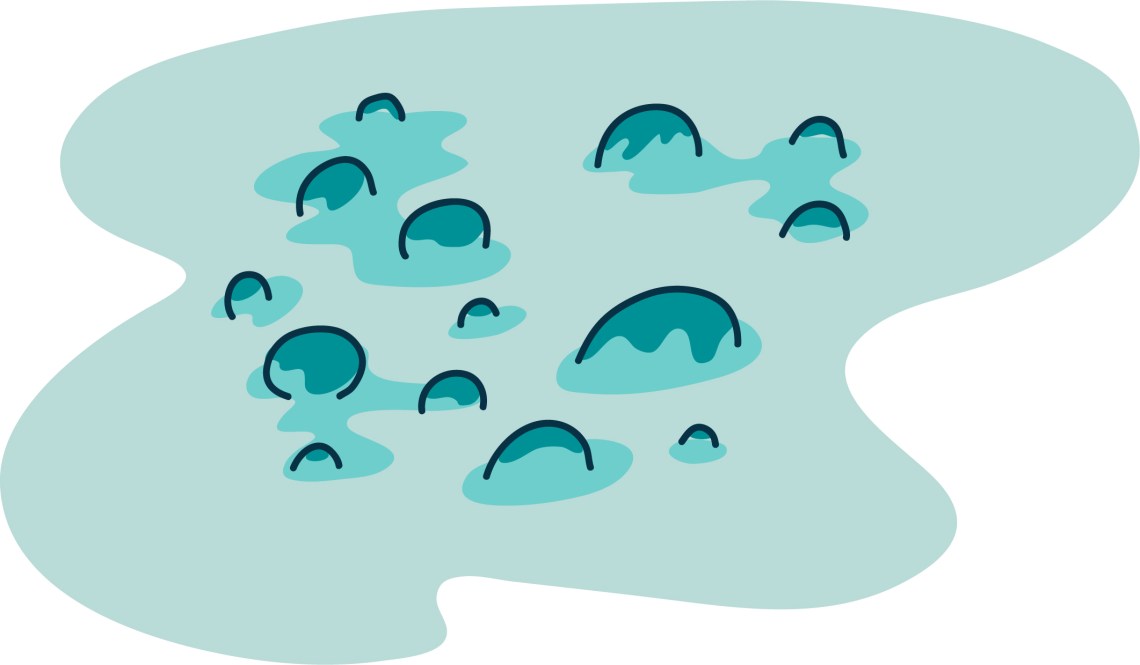
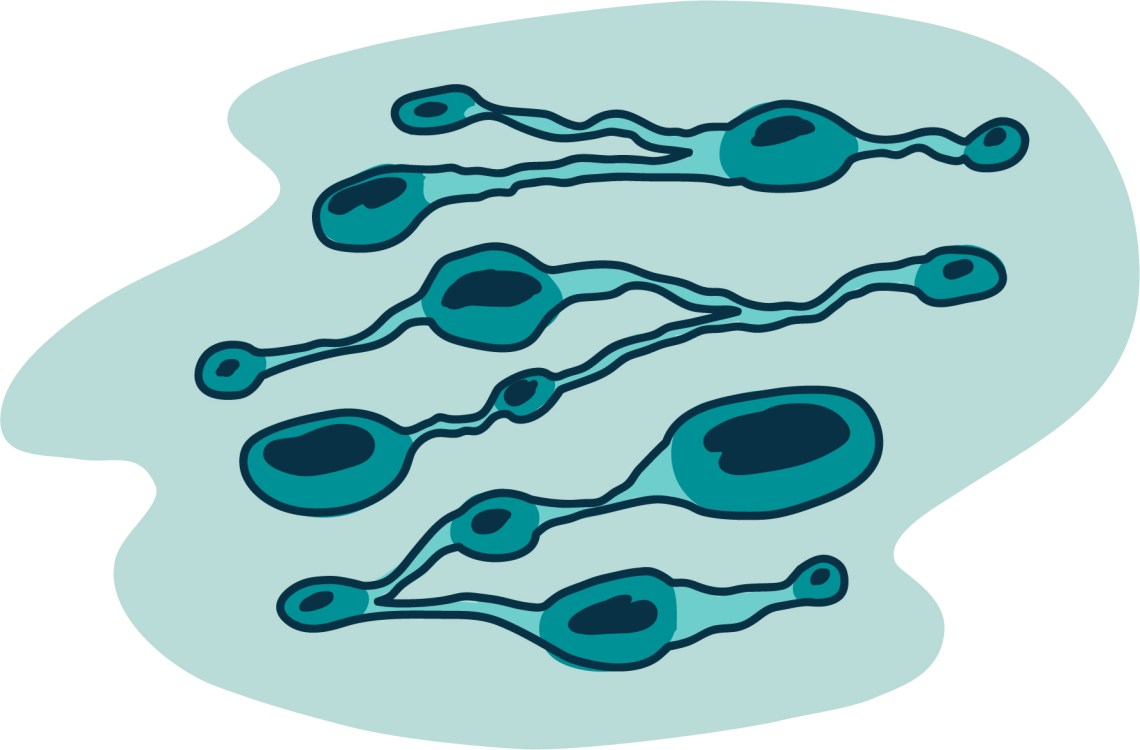
Tunnels: Over time, lesions will turn into “tunnels,” or wounds that track from one to the next. Highly painful, these heal very slowly, if ever, and can leak pus which may produce an odor.
What makes HS different?
Though most people will experience a breakout, clogged pore or boil in their lifetime, HS is a much different condition. These are the factors that separate HS from any other, more mild skin condition.
Recurrence: Boils that recur in characteristic locations are typical of an HS diagnosis, and not a separate instance of a skin malady.
Location: One of the most major differentiating factors of HS is the locations at which the lesions and tunnels emerge. Typically, they will show anywhere skin touches other skin on your body, such as underarms, thighs, or folds of skin.
Symmetry: Where a boil is typically a singular event, symmetry is characteristic of HS. This means that it occurs on both sides of the body, and not just one.
Comorbidities: Last, HS is more common in patients with associated health issues, such as metabolic syndrome, PCOS, dissecting cellulitis, diabetes, and others.

What are the stages of HS?
There are 3 stages of HS. Though distinct, they are not progressive. You may have stage 2 at the onset of your HS, or have stage 1 and continue to have stage 1 throughout your entire life.


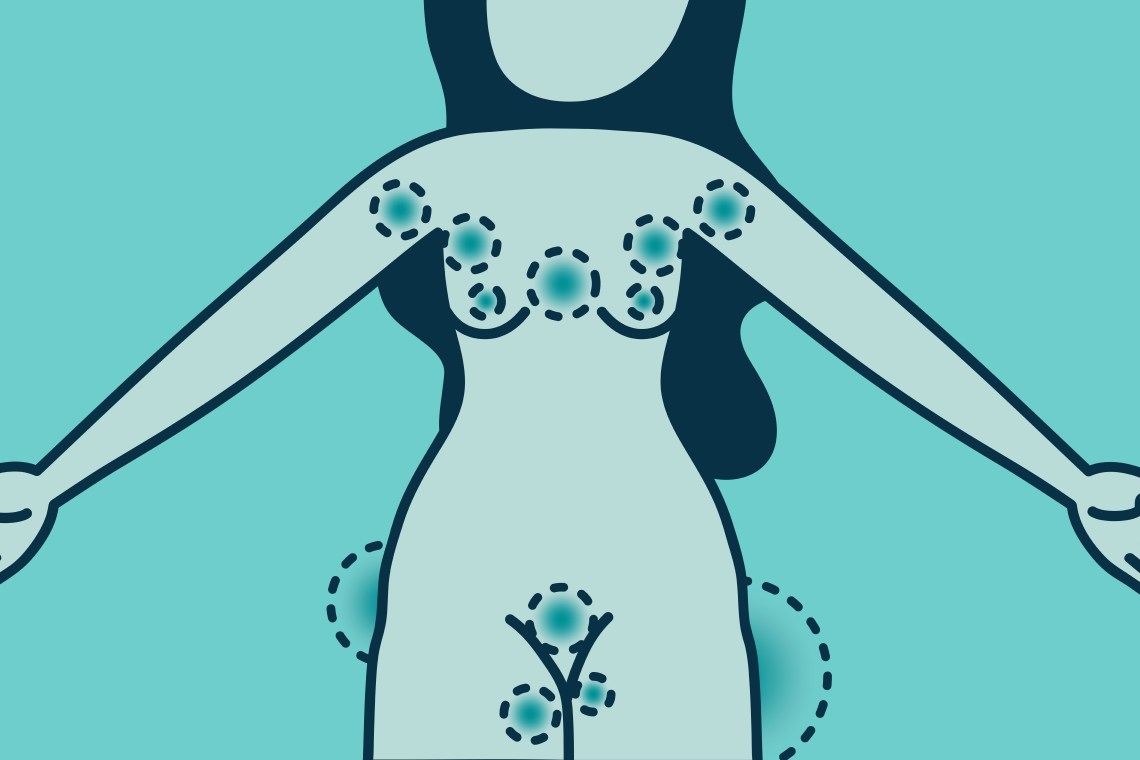
What are the common myths about HS?
While any and every health condition comes with its fair share of misconceptions, HS is one of the lesser understood skin conditions out there. Here are a few of the worst myths that are unfortunately pervasive.

You get HS if you’re unclean. HS does not start, nor does it resolve, based on a person’s cleanliness. It is a condition independent of personal hygiene, though of course, hygienic practices can help alleviate symptoms.
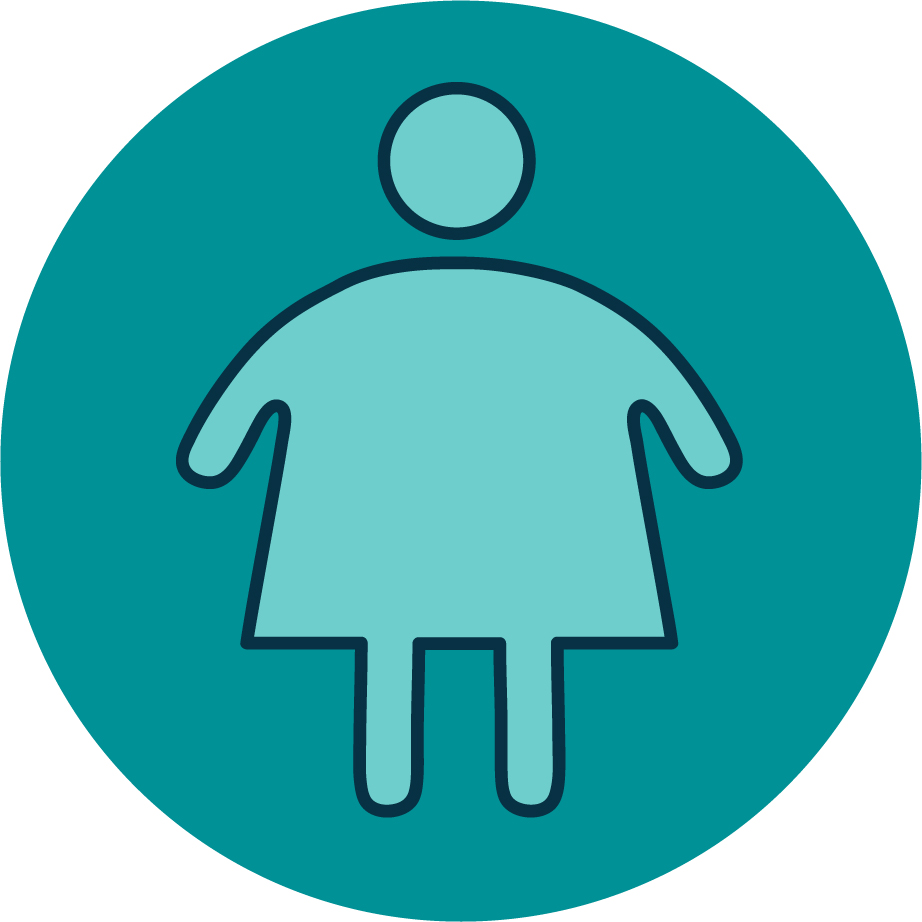
You get HS if you’re overweight This is untrue, as HS affects people of all sizes and health conditions.

Tight clothes cause HS. While tight clothes may certainly make HS less comfortable, they do not cause the condition on their own.

HS is an STD. Not only is it not a Sexually Transmitted Disease, it is also not transferable.
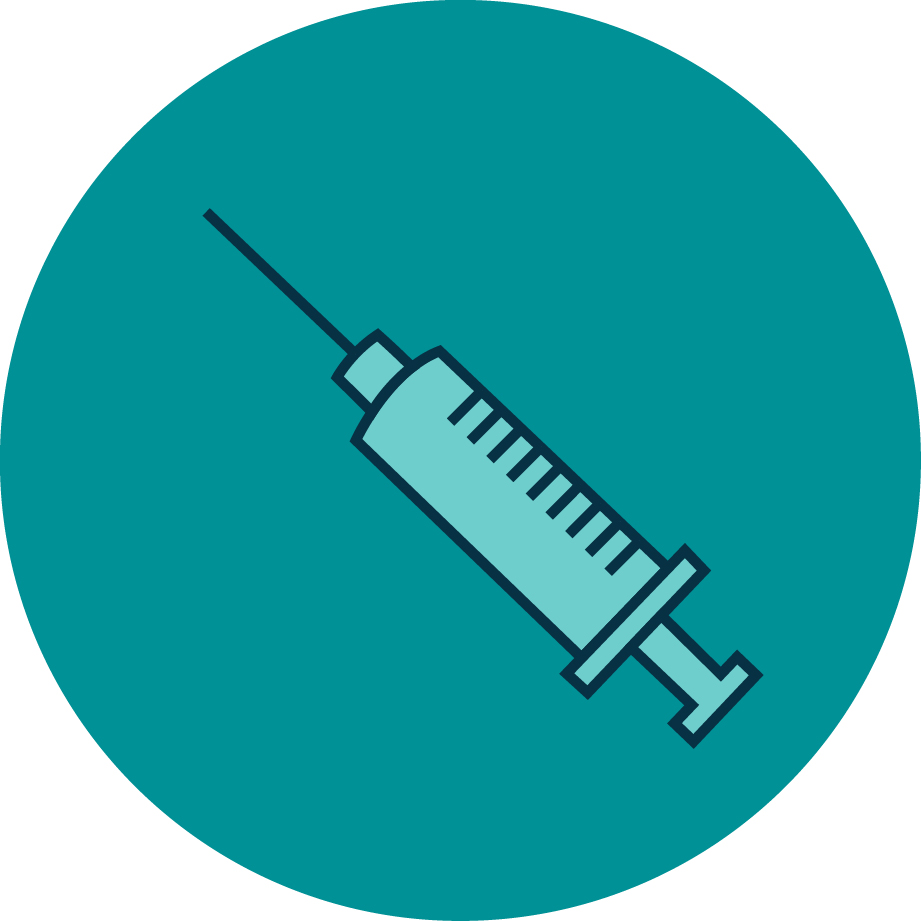
What works for one person with HS should work for everyone. Like anything, everyone’s course of treatment will be partial to their own needs and desires, and should be the business of only you and your doctor.











